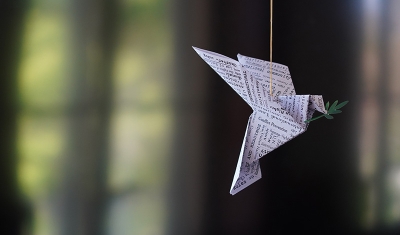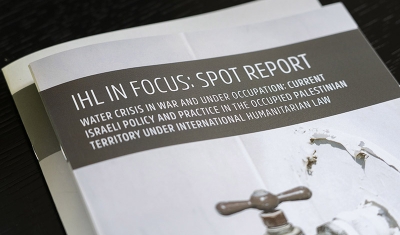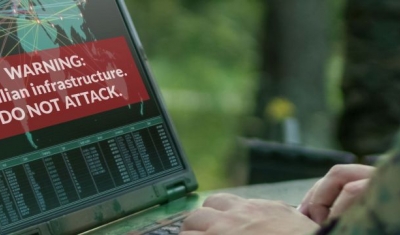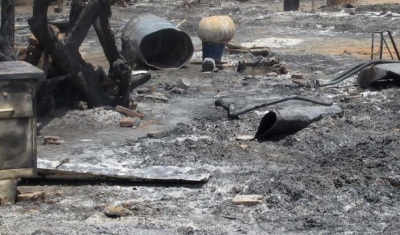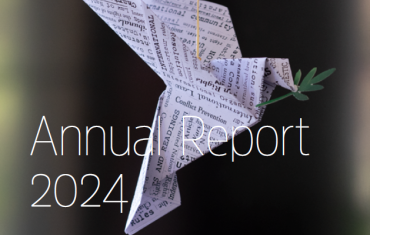Philippines: A Series of Long-Lasting Non-International Armed Conflicts

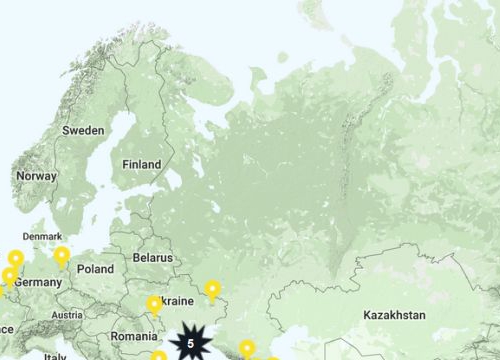
Geneva Academy
7 January 2019
The Government of the Philippines is involved in multiple non-international armed conflicts (NIACs) in Mindanao against the Moro National Liberation Front, the Moro Islamic Liberation Front, the Bangsamoro Islamic Freedom Fighters, the Maute Group and the Abu Sayyaf Group. The Philippines armed forces are also engaged in a NIAC against the New People’s Army.
Our Rule of Law in Armed Conflict (RULAC) online portal provides a detailed analysis and legal classification of these NIACs, as well as information about parties to these conflicts and recent developments.
Criteria to Classify Situations of Armed Violence as Armed Conflicts
‘We use two criteria to assess whether a situation of armed violence amounts to a NIAC under international humanitarian law: the level of armed violence must reach a certain degree of intensity that goes beyond internal disturbances and tensions, and at least one side to the conflict must be a non-state armed group that exhibits a certain level of organization’ explains Dr Chiara Redaelli, Research Fellow at the Geneva Academy.
‘In the case of the Philippines, we considered that both criteria are met’ she adds.
A NIAC with the New People’s Army
The New People’s Army (NPA, also known as Bagong Hukbong Bayan) is the armed wing of the Communist Party of the Philippines and has been militarily active in the country since 1969. Although it operates in the whole country, its activities are concentrated predominantly in Mindanao.
‘While the level of armed violence dropped since 2015, we still classify the situation as a NIAC. Indeed, a NIAC continues until a peaceful settlement is achieved, regardless of the oscillating intensity of violence’ underlines Dr Readelli.
The Philippines Government and the NPA have been attempting to hold peace talks for decades. In August 2016, the talks resumed in Oslo, Norway. However, following a series of armed confrontations and mutual accusations between the parties at the beginning of 2017 they were informally suspended.
NIACs with Armed Groups Fighting for Independence in Mindanao
Unlike the rest of the Philippines, the island of Mindanao has a large Muslim population. Tensions related to religion, unequal distribution of resources and abuses of power against the minorities led to the outbreak of armed struggles aimed at obtaining the independence of Mindanao.
In this context, the Government of the Philippines is engaged since the 1970s in NIACs against the Moro National Liberation Front (MNLF) and the Moro Islamic Liberation Front (MILF), as well as against the Abu Sayyaf Group, the Bangsamoro Islamic Freedom Fighters (BIFF) and the Maute Group.
In 2018, confrontations between Philippines forces on one side, and the MNLF and MILF on the other diminished. Perhaps thanks to the ongoing peace talks, the parties engaged in smaller-scale offensives and the armed groups attempted to avoid direct military confrontations when possible.
‘While intensity diminished, we still classify the armed confrontations between the Philippines armed forces and the MNLF and MILF as a NIAC. Indeed, IHL continues to be applicable regardless of the oscillating intensity of violence, thus even when the intensity requirement is not met for a certain time’ explains Dr Readelli.
More alarming is the level of violence between the government and a number of armed groups that are affiliated with the Islamic State group (IS), in particular, the Abu Sayyaf Group, the BIFF and the Maute Group.
‘There is no question that the level of violence between these groups and the Philippines armed forces meets the criteria to qualify these confrontations as NIACs’ recalls Dr Readelli.
‘Similarly, the splitting of Abu Sayaf into factions following the death of its leader in October 2017 does not affect this classification as the group still remains highly disciplined both financially and militarily. We, therefore, considered that it still meets the level of organization criteria’ says Dr Readelli.

About RULAC
The RULAC database is unique in the world in that it legally classifies situations of armed violence that amount to an armed conflict – international or non-international – under international humanitarian law (IHL).
‘This is crucial because IHL applies only in armed conflicts. Before humanitarian players, civil servants or academics can invoke IHL or analyze whether IHL was violated, they must know whether it applies. Outside armed conflicts, only international human rights law applies’ underlines Marco Sassòli, Director of the Geneva Academy.





